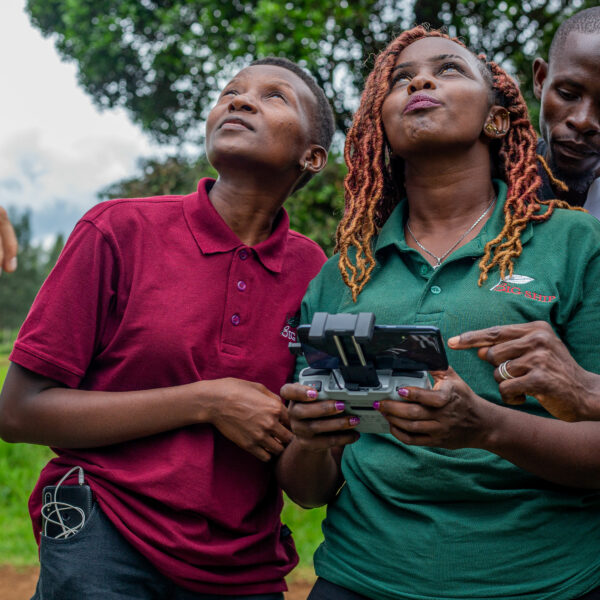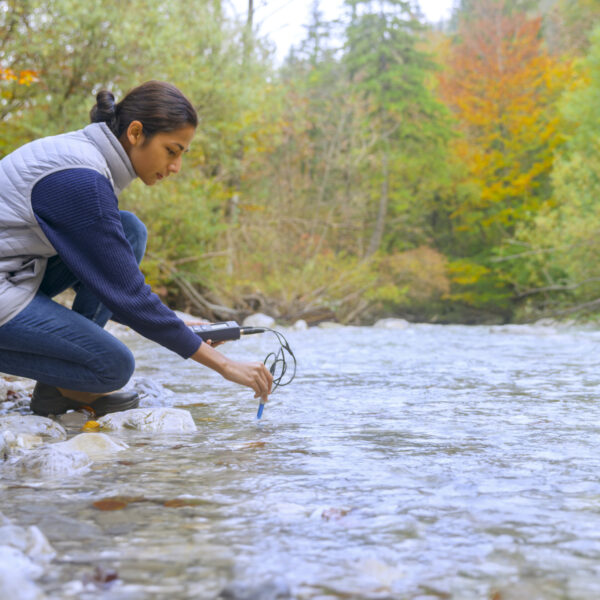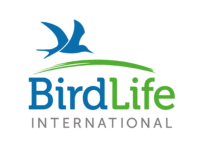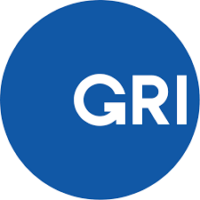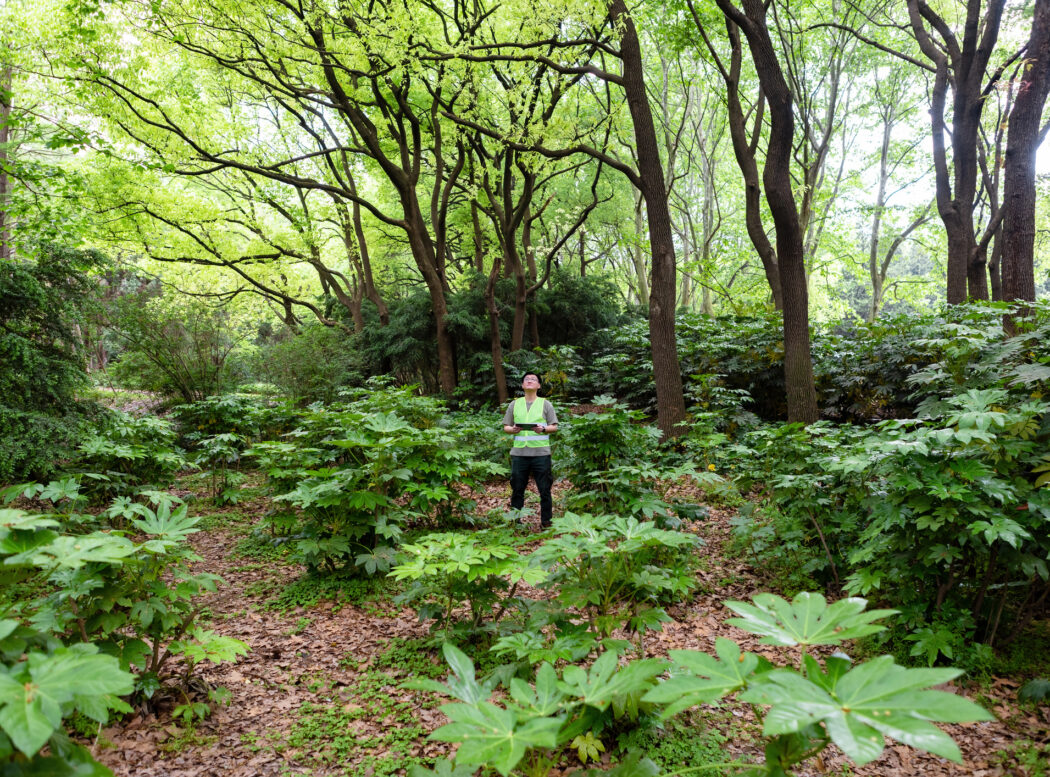
To reduce our impact on the natural world and drive actions that are having an overall nature-positive outcome, we need to be able to measure and track the state of nature over time.
There are over 600 different methods to measure nature which can be intimidating for companies beginning their journey to tackle biodiversity loss. Metrics are essential to support organizations in decision-making, planning and resource allocation – but without a common approach to measure the overall state of nature, this complexity can hinder progress in tackling nature loss. That’s why the Nature Positive Initiative is convening a process to align on a single set of State of Nature Metrics. These will focus on nature’s living organisms, or biodiversity, as a proxy for the overall state of nature.
An initial framework was developed with a draft minimum set of terrestrial State of Nature Metrics, organized into a set of four universal indicators and five case-specific indicators. Each indicator has metrics organised in three different levels of maturity, and a set of trigger criteria was developed to identify where the more tailored case-specific metrics are needed.
A public consultation on the draft framework ran from 4 October to 13 November 2024, via an online survey and in-person engagement, following a series of workshops and focus group discussions in the previous months that led to a first draft State of Nature Metrics framework. This provided the opportunity for a wide range of stakeholders to input into the metrics, in order to create a final set that has strong scientific rigor but is also practical and with a very broad consensus from a wide range of actors.
A total of 134 organizations from a different industry sectors, finance, science and academia, civil society and professional services completed a detailed consultation survey, whilst over 700 stakeholders engaged in dialogue on the metrics during workshops and across 15 sessions at CBD COP16, the Global Nature Positive Summit and the IUCN Leaders’ Forum.
The fantastic response demonstrated the widespread recognition of the importance of an agreed, credible and practical set of metrics to drive action and measure outcomes.The emerging consensus around the metrics is testament to the many individuals who provided insights to help shape and enhance them.
Overall, the consultation showed good support for the conceptual structure of the framework and the nine indicators. Common themes also emerged from the feedback around the need for clarity on the alignment of metrics with existing standard and guidance frameworks, and to ensure practicality of implementing the metrics. Many of the comments received asked for more detailed guidance for implementation.
Since the consultation closed, the Nature Positive Initiative, supported by The Biodiversity Consultancy and Ernst & Young (EY), have been working to incorporate feedback and develop a revised set of metrics for testing on the ground during the next phase of development. Some of the key steps taken included:
- Simplification of the framework structure to enhance usability;
- Incorporation of some identified gaps, such as around measuring ecosystem connectivity, to ensure the metrics more holistically capture the state of nature;
- Development of an enhanced supporting narrative to explain some of the topics where further clarity was requested in the consultation, for example on the integration of metrics into existing frameworks and standards such as SBTN, TNFD and GRI; and
- Ensuring that appropriate supporting guidance on use of the metrics is ready to test during the piloting programme in 2025.
An overview of the revised framework and narrative is available here. It is important to note that these metrics are not yet final and not ready to be applied or used to make claims relating to nature positive – they will first be tested through a piloting program in 2025 and may change further as a result of that piloting before becoming available for wider use.
The Nature Positive Initiative will now shift gears to focus on testing the metrics in practice through this piloting programme, which will also inform the development of practical measurement guidance. Piloting initially with corporates and financial institutions is anticipated to commence in May 2025 and will run for a period of six months, followed by wider application of the metrics in future. Members of the Nature Positive Initiative core stewardship group, including standards and frameworks such as TNFD, SBTN and GRI and other leading environmental organisations, will partner with corporations to help test the metrics in focused use cases. More information will be available shortly and parties interested in piloting are encouraged to reach out to any of the Nature Positive Initiative’s 27 core members to discuss applying to pilot.
As the current framework applies to terrestrial biodiversity, 2025 will also see further development of state of nature metrics for freshwater and marine ecosystems, as well as more work on core themes such as demonstrating nature-positive outcomes and measurements based on Traditional Knowledge.
Further information
For further information and updates on some of the Nature Positive Initiative’s other work in 2025, including the development of freshwater and marine metrics, see a recording of the latest webinar here.
To stay up-to-date on all the latest developments, join the Nature Positive Forum to receive our newsletter here.
